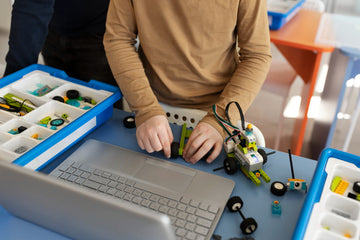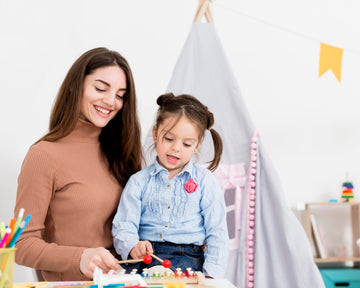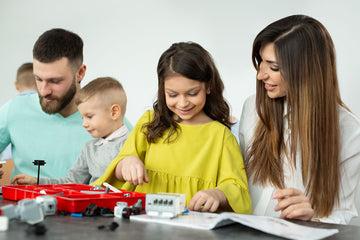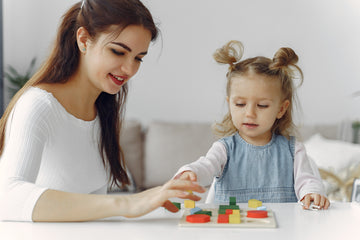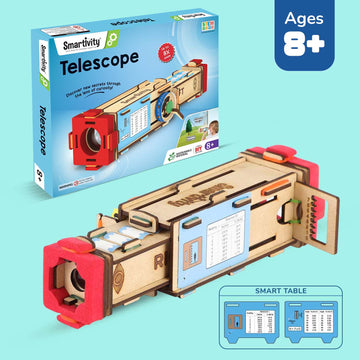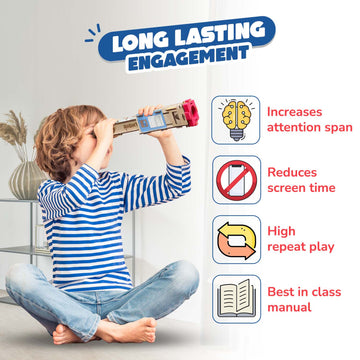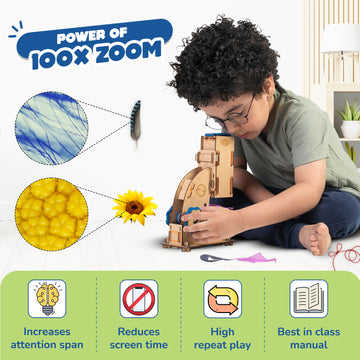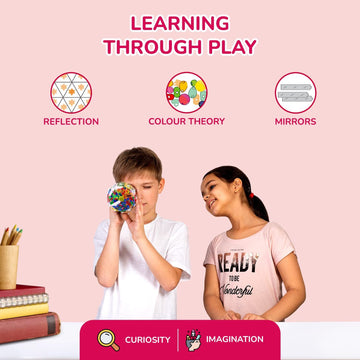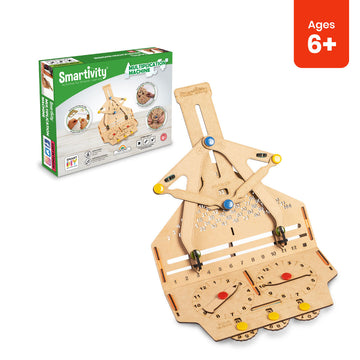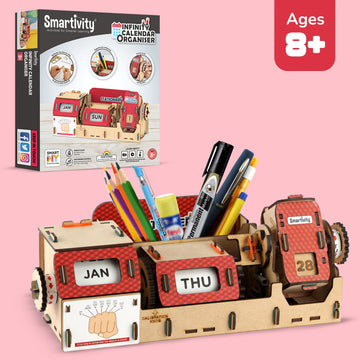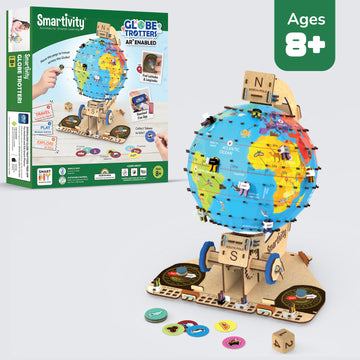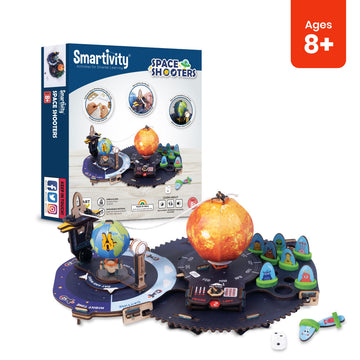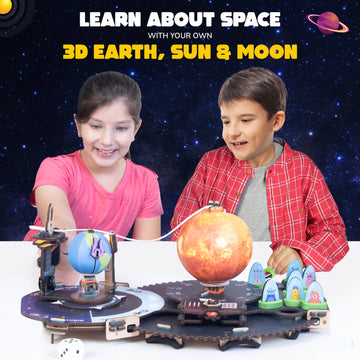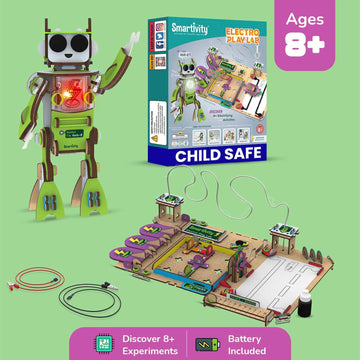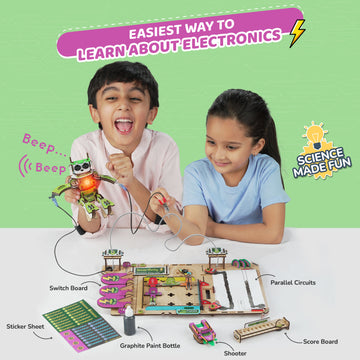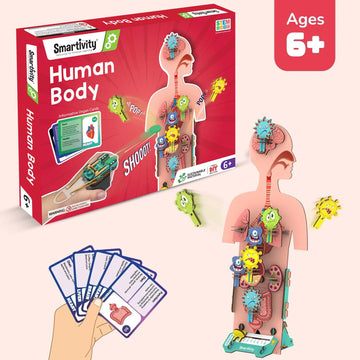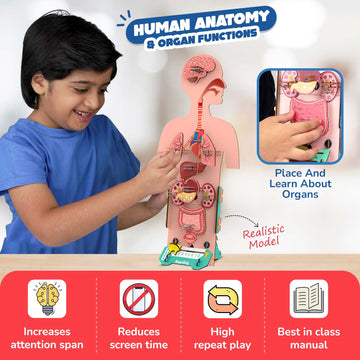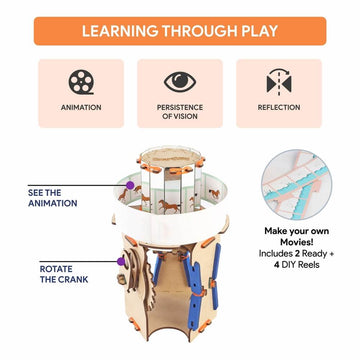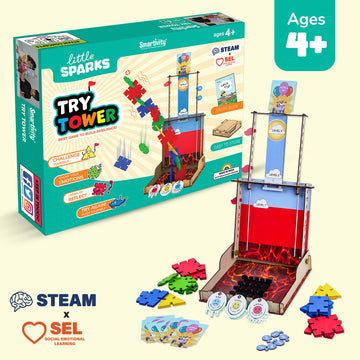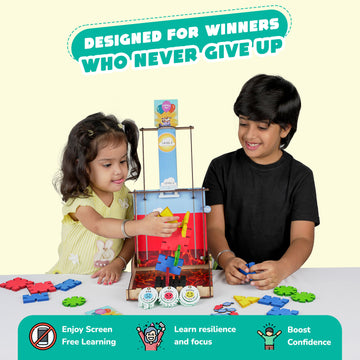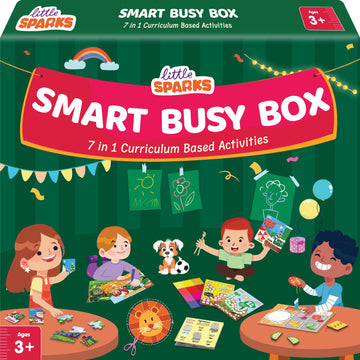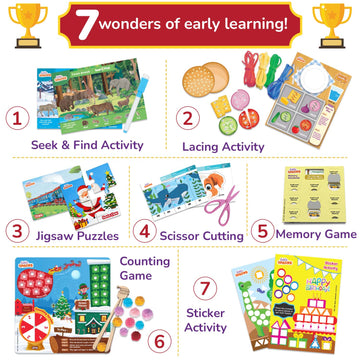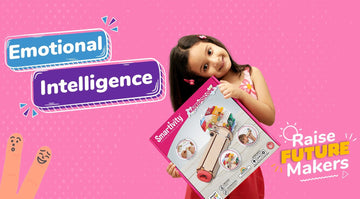
When we talk or think about intelligence, we might interpret it as good grades in school, frontline careers in adult life or being knowledgeable about varied subjects and more. But as Howard Gardner, Harvard psychologist says, there are multiple intelligences. This means different people have different intelligences, skills, interests. Which is why, some people might be good at making art, while others might be good at building things or using analytical reasoning for problem solving.
Namely these different types of intelligence are visual-spatial, linguistic-verbal, logical-mathematical, musical, body-kinesthetic, naturalistic, interpersonal and intrapersonal intelligence. So knowing about these types of intelligence can help you and your children understand where their mind inclines toward, and work with it accordingly.
Most of them contribute to the normal Intelligence Quotient (IQ) that we’re all too familiar with. There’s one more kind of Intelligence that we give less credit than it deserves. This is Emotional Intelligence Quotient or EQ.
Marc Brackett, author of Permission to Feel: Unlocking the Power of Emotions to Help Our Kids, Ourselves and Our Society Thrive says thinking about our emotions doesn't mean obsessing over every mood or slight. Rather, it means you have the tools to get through difficult moments, to learn from them and to move beyond them in healthy ways.
Emotional Intelligence, in short, is simply the ability to recognise emotions in the self and the other to smoothly navigate through life in society as children, as well as carry those mechanisms into adulthood. And our role as parents and caregivers involves helping our children understand and recognise their emotions so they can understand and relate to other people as well.
So here are some good parenting tips to help unlock emotional intelligence in your child.
1. Acknowledge their emotions
The first step to recognise emotions in others is to understand those emotions in ourselves. And there’s no better time than to start them young when it comes to understanding and recognising what they’re feeling. And for that, first help and identify their emotions out loud. If your child is upset for some reason, or yelling in anger because they didn’t get what they demanded for, instead of getting angry at them for showing those emotions, you could simply recognise that emotion in them so they can recognise those emotions in themselves too.
2. Help them understand the source of emotions
Next step once you’ve recognised and helped them recognise their emotions is to help them understand where that particular emotion might have stemmed from. Become a therapist for your child and let them do the work of identifying the source while you lend a helping hand. Simply asking why they think they’re feeling that way can help you and them understand the source of their emotions.
3. Develop their emotional vocabulary
Now once you and your child have recognised the emotions and the source behind it, it’s time to label them accurately. Introduce them to the plethora of emotions we feel every day and are bound to feel everyday. Move on from simply saying sad or mad and introduce them to the range of emotions a human being can go through, such as anger, frustration, disappointment, anxiety, happiness, excitement, etc.
4. Encourage them to express their emotions
The key to nourishing emotional intelligence in any one would be to encourage them to express their emotions openly. Unfortunately our society looks down on some very necessary emotions such as anger and sadness, that in turn bottles up these emotions in everyone leading to an unnecessary buildup and release that could be avoided by simply expressing when and why we feel those unwanted emotions.
So it would be a good start towards a better society by encouraging our young ones to openly express their emotions as and when they feel it instead of bottling them up and exploding them later. And of course, that starts with you too! So openly express and show your emotions to your child with valid reasons and allow them to do the same.
5. Help them manage and regulate those emotions
Now the first four steps will be incomplete without this particular one. So it’s best to give this the importance it deserves. There’s no point in identifying anger, sadness or frustration without having the proper methods to manage them so it doesn’t end up hurting themselves or others around them. So once you help them identify and express their emotions, it’s good to give them techniques that you might personally use for healthy expression of said emotion.
For example, you could teach them to take deep breaths when they feel frustrated or angry. As a next step, it would be helpful to teach them how to empathise with the other, who might have caused the frustration, anger or sadness, so they can understand why they did what they did to make them feel this way. And then come to terms with it, and let go.
6. Introduce them to music and its power to unlock and feel emotions
We all know the magic and power of music. But young minds might not understand yet. So as parents and caregivers, it’ll be a great step to introduce them to music that moves us and makes us feel emotions. Or invest in educational toys or science toys that can help them understand the mechanism behind music. Maybe you could make fun games for kids out of it by asking them what they feel when they listen to a particular music. And while you’re at it, you can compare whether or not you both felt the same way listening to a particular piece of music.
In conclusion, you must remember it’s not going to be a smooth ride when it comes to learning and teaching your children about emotions. So it’s best to take things slowly and not rush them into learning things they might not be ready for.
Good luck!



